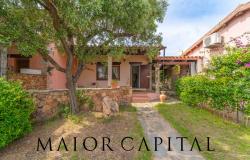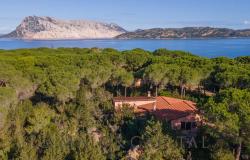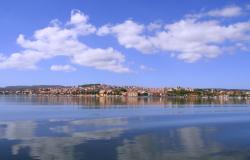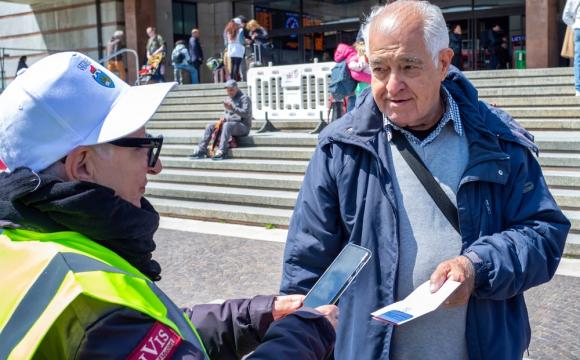Today we are travelling down to the island of Sardinia, where we will take a look at a tradition that dates back to at least the thirteenth century: it is the bonfire lit in the town of Dorgali [Nuoro] every year on January 16th, in honour of Sant’Antonio Abate or St Anthony the Abbot.
St Anthony the Abbot, also known as the Holy One, Anthony of the Desert and the Father of Monks, was born in Lower Egypt in 251 AD and, according to legend, he worked as a swineherd. In 285 he decided to follow the teachings of Jesus and sold all he had to give the money to the poor. He then went to live as a hermit in the desert , where he was tormented by boredom and temptation. He overcame this by prayer and went to live in a tomb. Here the devil, jealous of him, beat him and villagers who found him took him to a church. When he recovered, Anthony went back to the desert and lived in a fort. Here he was tormented again, by visions of wild animals. He again overcame these through the power of prayer. He confessed his Christianity publicly in Alexandria and was told by the Governor to leave, but instead he argued with him. Returning to the desert, Anthony found that his fame had spread and complained that visitors kept him from prayer. He retreated further into the Eastern Desert , where a monastery in his name now stands and, after speaking to a vision of an angel, began to braid palms, a task which absorbed him. He did not found any monasteries but communities grew around him. St Anthony died at the age of 105.
It is said that he stole a burning spark from the kingdom of the gods and gave it to humanity, thus creating fire. Several diseases bear his name, including shingles, which is known as “St Anthony’s fire” in Italy.
The people of Dorgali in Sardinia remember St Anthony Abbot every year on January 16th, the eve of his feast day. They burn enormous quantities of wood on a massive bonfire which burns all night and people watch the patterns of the smoke carefully, for they believe that they are signs of good fortune. The saint is thanked for his help during the past year and is asked to perform miracles . Branches of rosemary are thrown onto the fire and traditional, local food is distributed to townsfolk and visitors alike. Among the foods are various breads, honey and a sweet syrup. There is also “pistiddu”, a pie containing vincotto jam. Participants are offered glasses of Cannonau wine, too.
While you are in Dorgali it is worth taking a stroll around the town itself: it has charming, narrow streets and in the Church of Santa Caterina you can see a seventeenth century altar. There is also an interesting Archaelogical Museum. The countryside around Dorgali is beautiful and you might want to visit the grotta di Ispinigoli to see the tallest stalactite in Europe. As well as taking some local food and wine home, you may be tempted by souvenirs such as filigree work, leather goods and ceramics.
Among other Sardinian towns which light bonfires in order of St Anthony the Abbot on January 16th are Arbus, Decimoputzu, Mamoiada. Monastir, Nuraminis, Pabillonis, Soleminis, Villaputzu, Villasalto and Villasor . Some of these towns use the celebration to begin Carnival.












